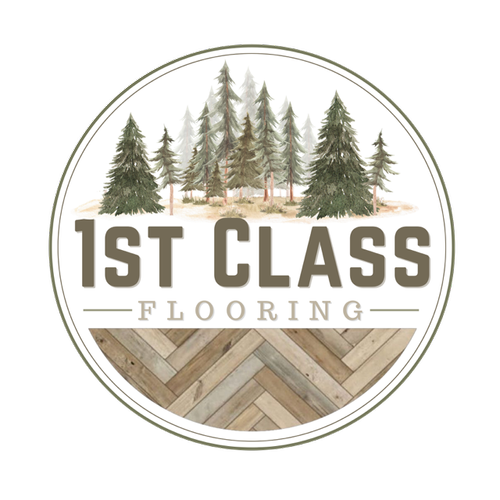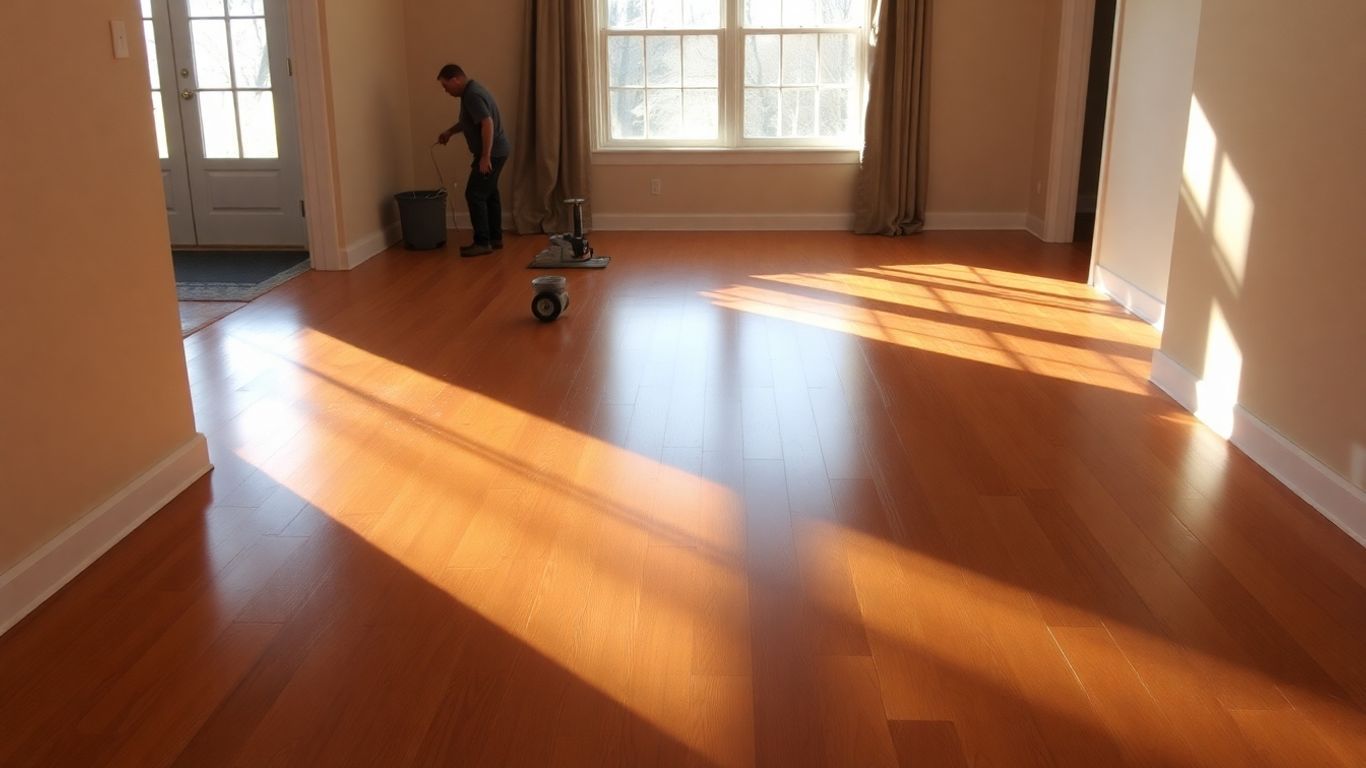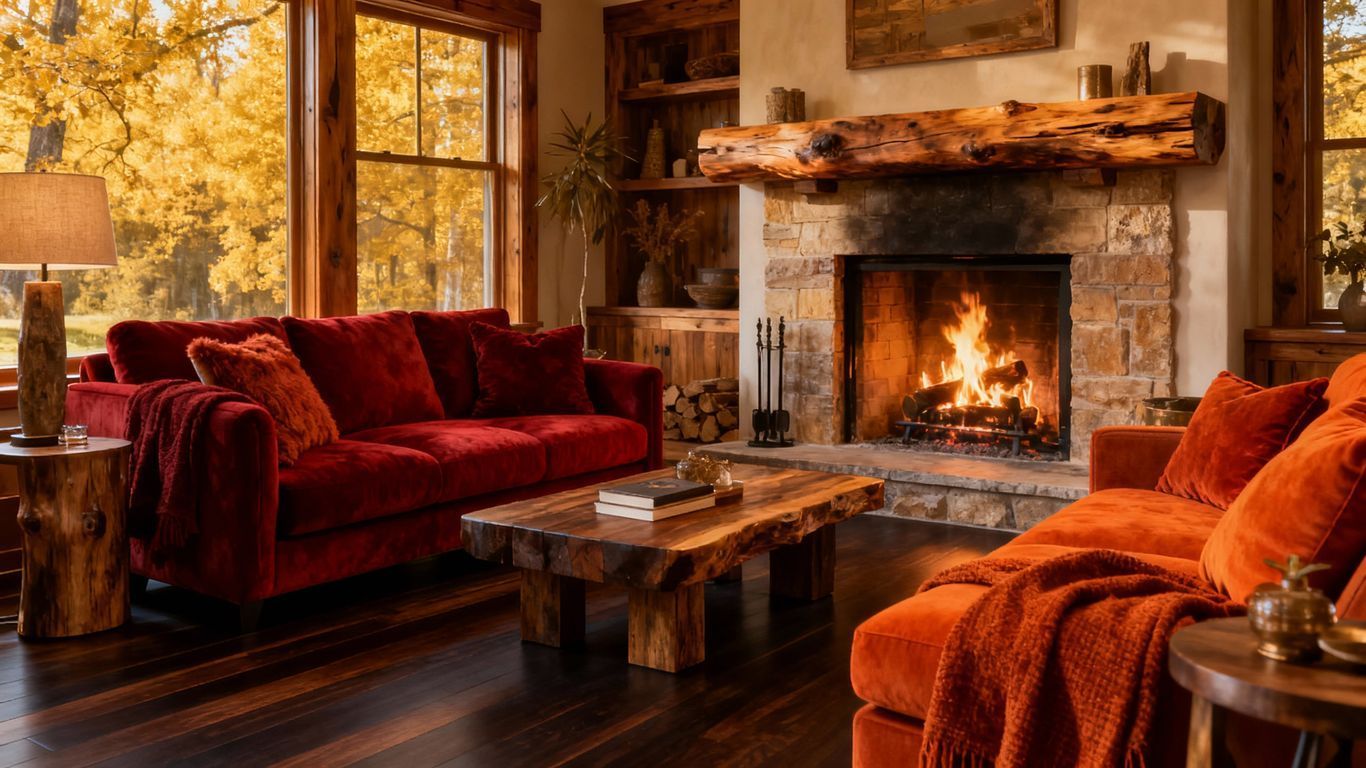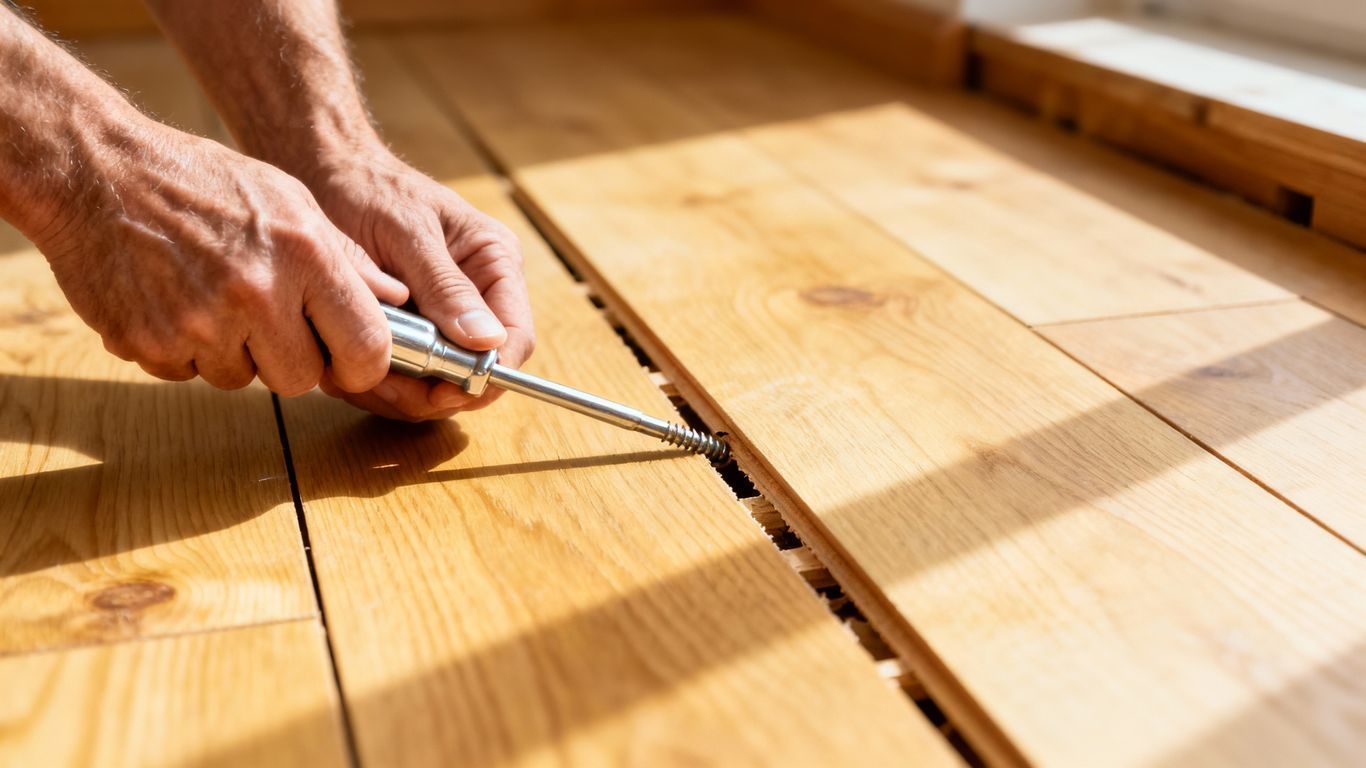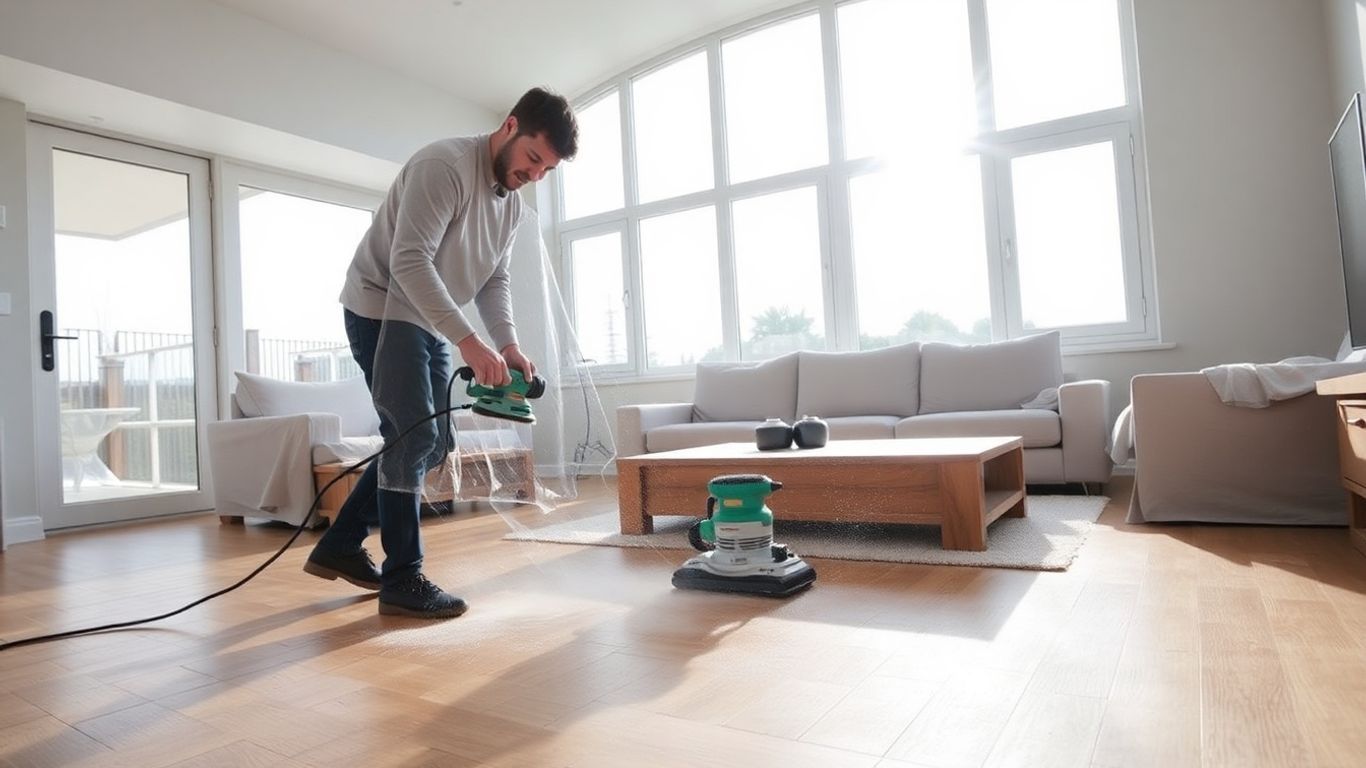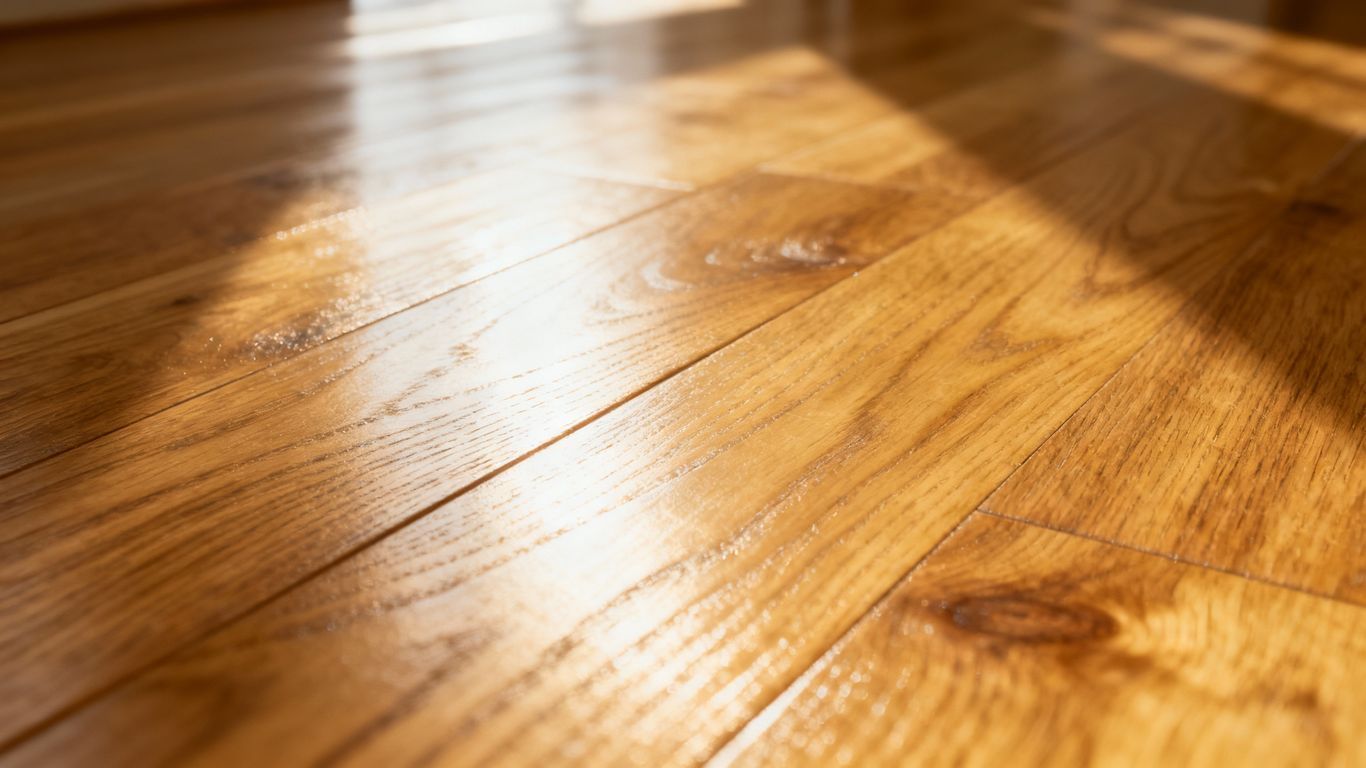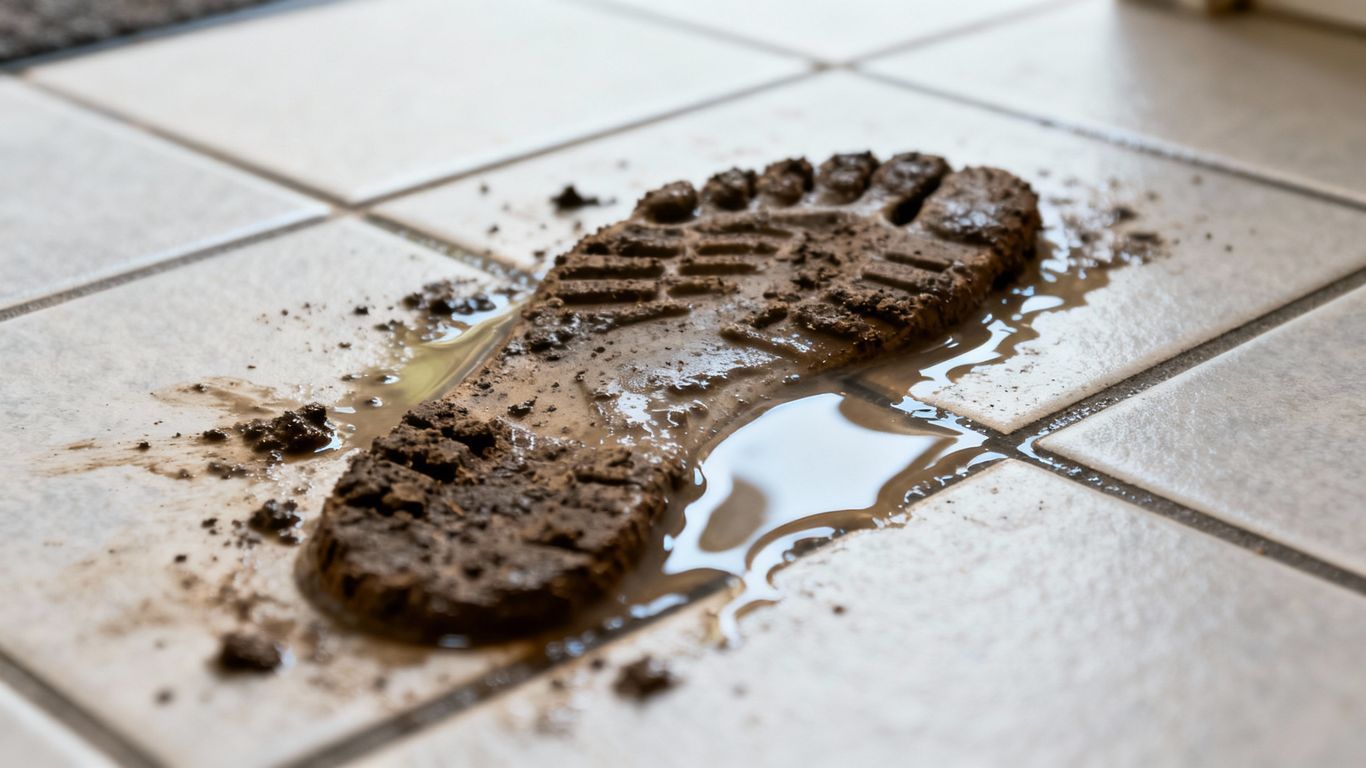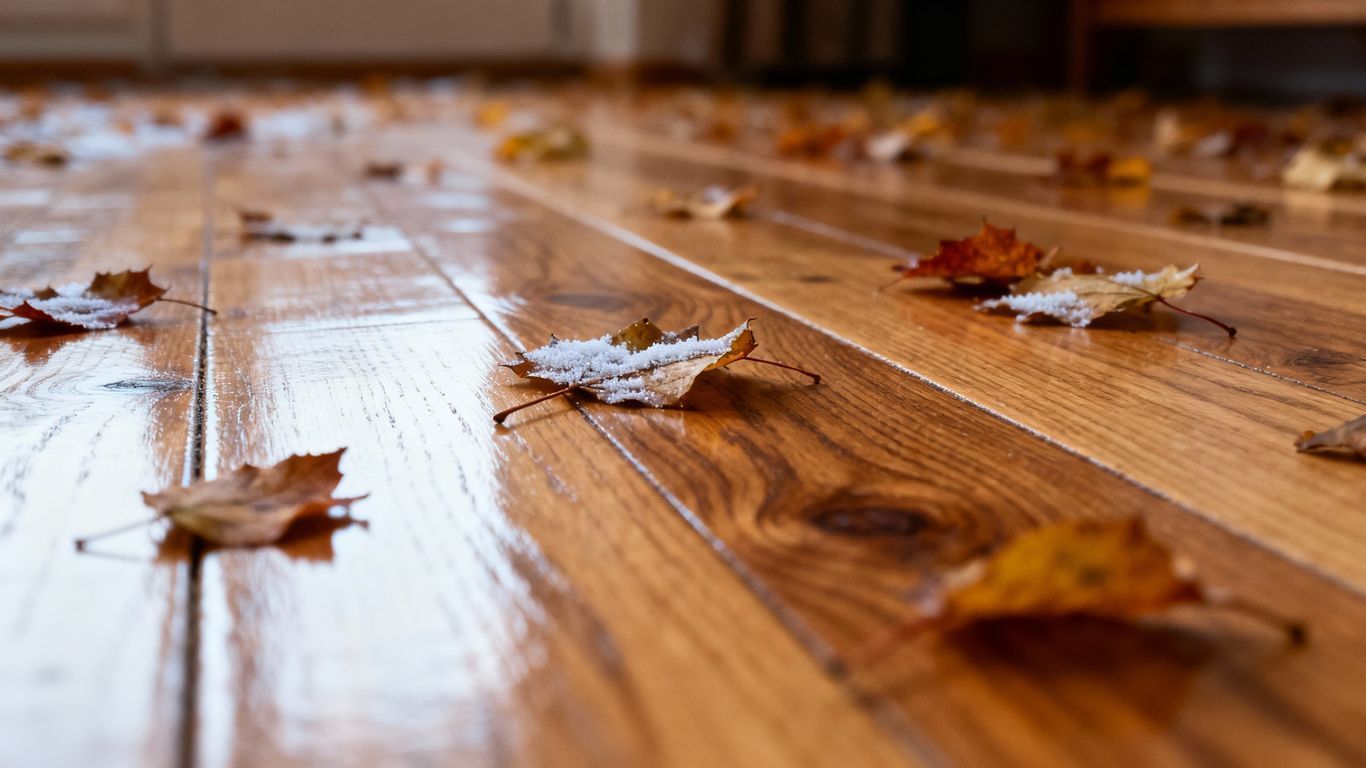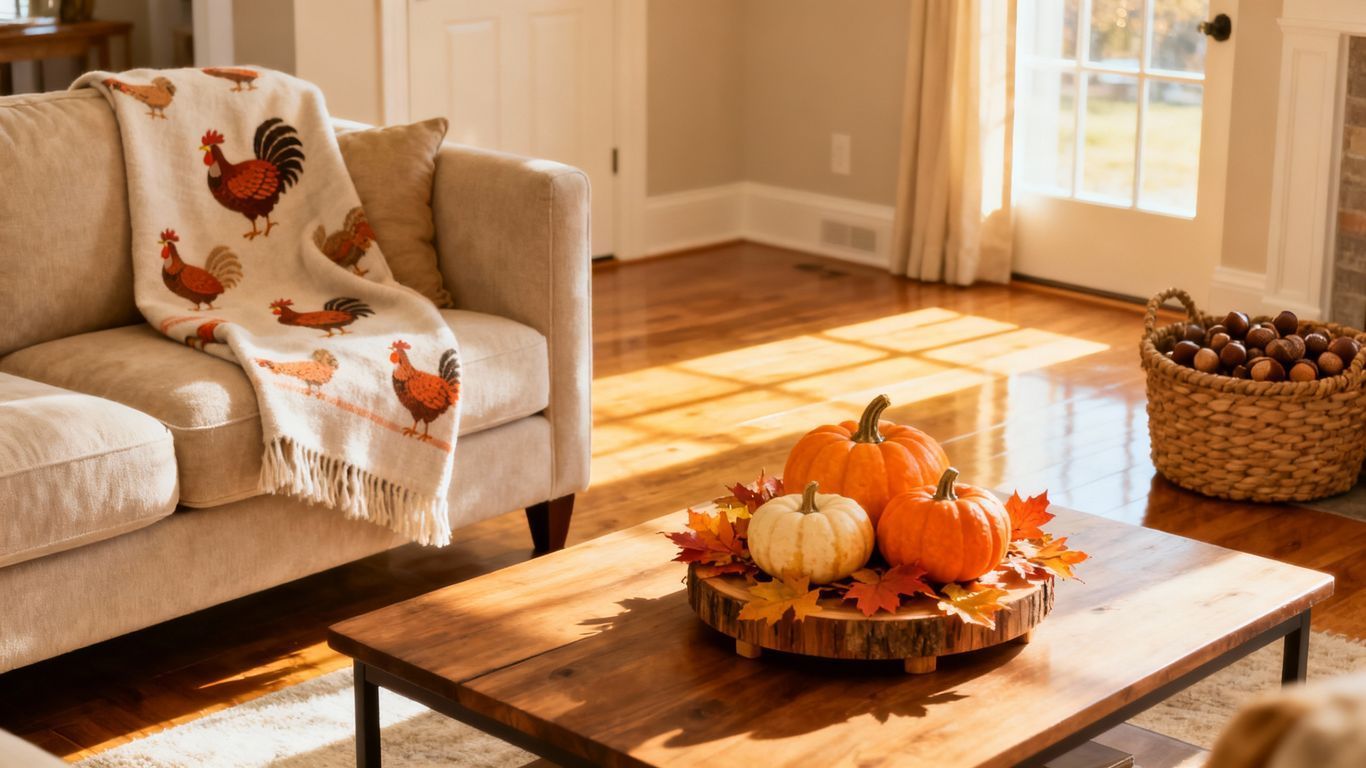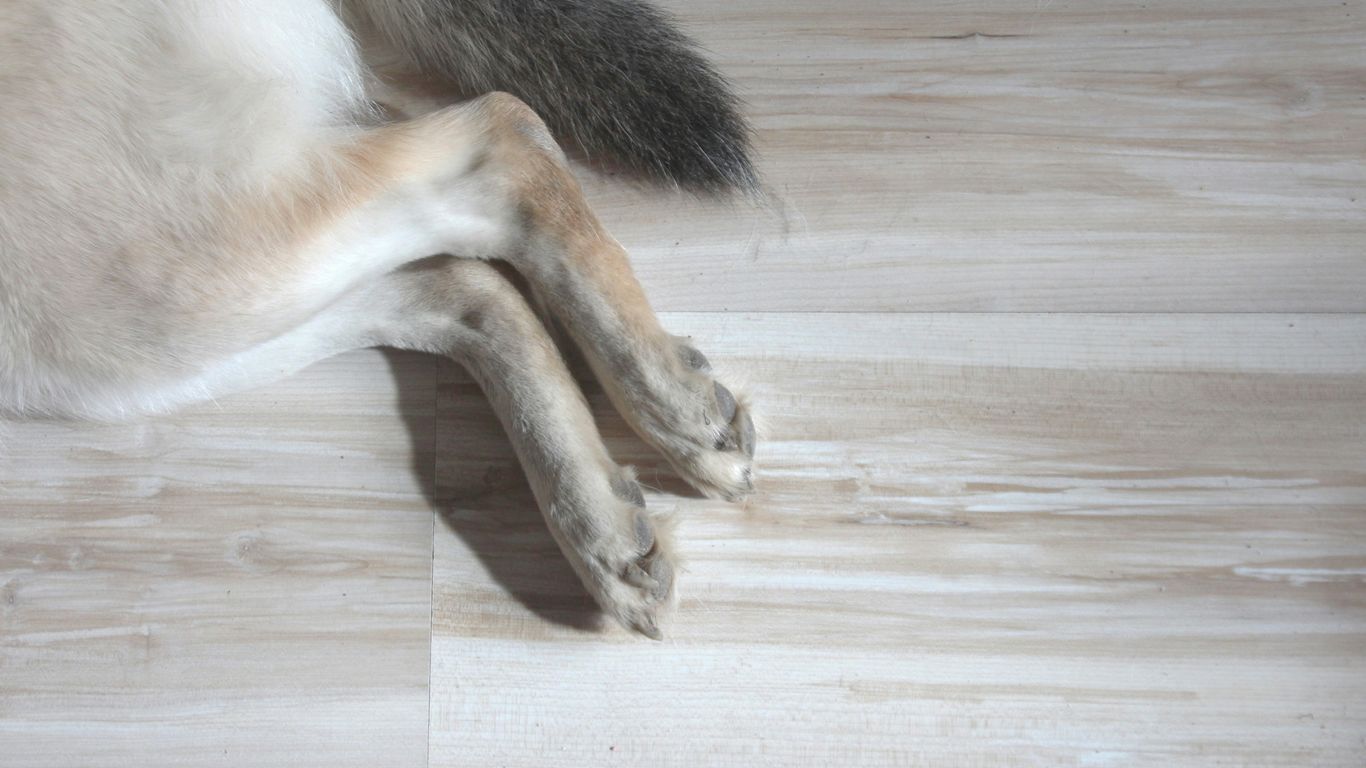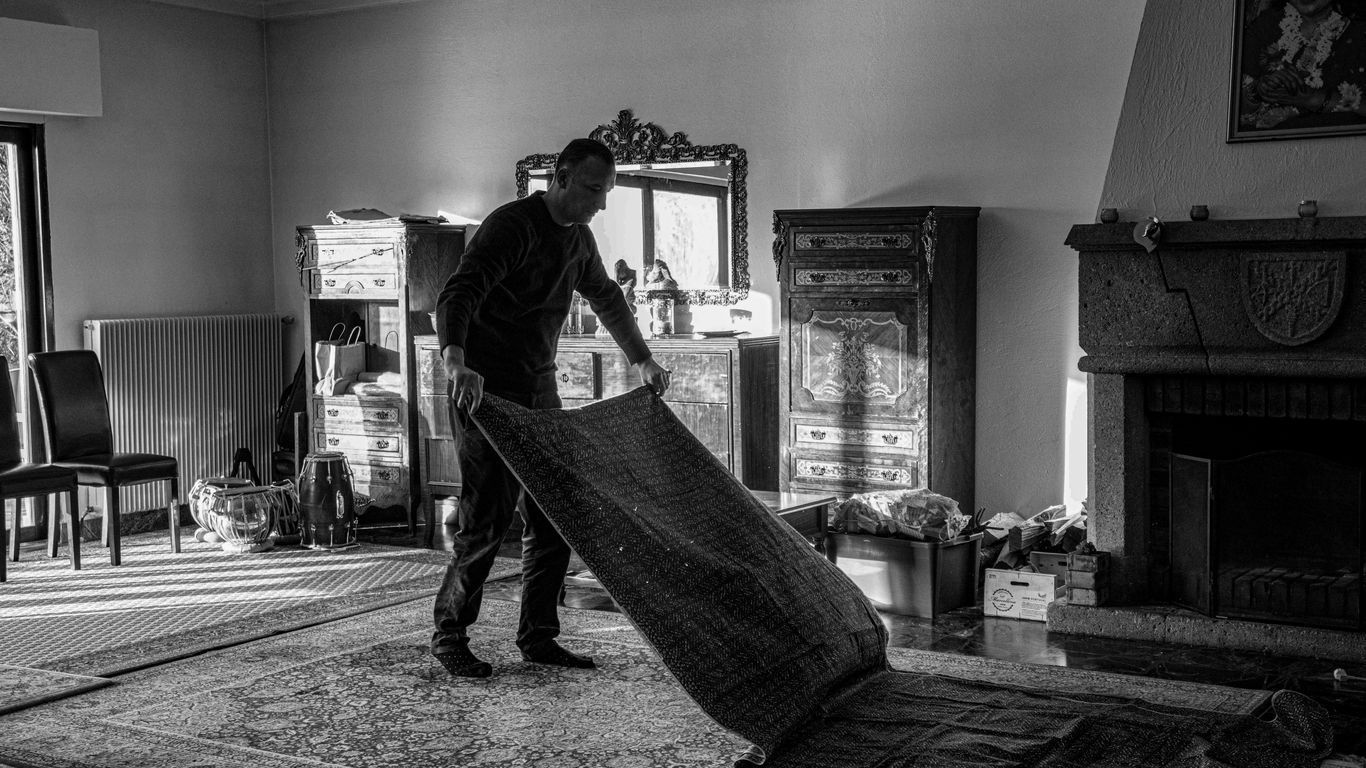Why Your Wood Floors Are Gapping in the Georgia Heat (And How to Fix It)
Georgia summers are no joke, and if your wood floors are starting to show gaps, you're probably wondering what's going on. It's a common issue here, especially when the heat and humidity really kick in. We'll break down why this happens and what you can do about those pesky summer wood floor gaps.
Key Takeaways
- Wood naturally expands and contracts with changes in humidity and temperature, a primary reason for summer wood floor gaps.
- High humidity in Georgia's summer is a major culprit for wood flooring expansion, which can lead to gaps when the wood later dries out.
- Look for visible spaces between planks, strange squeaking sounds, or uneven spots as signs of summer wood floor gaps.
- Controlling indoor humidity with dehumidifiers and improving air circulation can help manage wood floor expansion.
- Proper maintenance, like avoiding excess moisture and considering your wood species, is key to preventing future summer wood floor gaps.
Understanding Wood's Reaction to Georgia's Summer Heat
Georgia summers are no joke, right? That intense heat and humidity really do a number on everything, including your beautiful wood floors. Wood is a natural material, and like us, it reacts to its environment. When the air gets thick with moisture, wood soaks it up, causing it to swell. Think of it like a sponge. This swelling is a normal process, but it's what leads to those annoying gaps we see later.
Humidity's Impact on Wood
Humidity is the real culprit here. The higher the humidity, the more moisture the wood in your floors absorbs. This moisture causes the wood fibers to expand. It’s not just about the temperature; it’s the combination of heat and moisture that really makes wood change shape. Over time, this constant cycle of absorbing and releasing moisture can stress the wood, leading to changes in its dimensions. It’s a natural process that affects all wood, whether it’s used for outdoor cladding or inside your home.
The Science Behind Expansion and Contraction
Wood is hygroscopic, meaning it readily absorbs and releases moisture from the surrounding air. During humid Georgia summers, the wood in your floors takes on moisture and expands. Then, when the air dries out (like during a cold snap or when your AC is running full blast), the wood releases that moisture and shrinks. This constant back-and-forth is what causes the planks to move. It’s a natural property of wood, and understanding this helps us figure out why those gaps appear.
Wood's tendency to expand and contract with moisture changes is a fundamental characteristic. It's not a defect, but rather how the material behaves. Managing the environment around the wood is key to minimizing these effects.
Common Causes of Summer Wood Floor Gaps
So, you've noticed those little gaps appearing between your wood floor planks as the summer heat really kicks in. It’s a pretty common issue here in Georgia, and it’s usually down to a few key things. Understanding these causes is the first step to fixing them.
Seasonal Humidity Fluctuations
Wood is a natural material, and like most things from nature, it reacts to its environment. Georgia summers are notorious for high humidity. When the air gets really moist, wood planks absorb that moisture and swell up. Think of it like a sponge soaking up water. Then, when the humidity drops, maybe during a dry spell or when your air conditioning is really working hard, the wood releases that moisture and shrinks back down. This constant cycle of expanding and contracting is what causes those gaps to open up. It’s not necessarily a sign of damage, but more of a natural response to changing conditions.
Improper Installation Techniques
Sometimes, the gaps aren't just about the weather; they can be a result of how the floor was put down in the first place. If the wood wasn't allowed to acclimate properly to your home's environment before installation, it might not have had the chance to reach a stable moisture level. This can lead to more dramatic expansion and contraction later on. Also, if the planks were installed too tightly against walls or other fixed objects without enough room to breathe, they'll push against those boundaries when they swell, and then pull away from each other when they shrink, creating gaps.
It's easy to blame the weather, but sometimes the way the floor was installed plays a big role. Leaving enough space for the wood to move is really important, especially in climates with big seasonal changes like ours.
Inadequate Ventilation
Good airflow is super important for managing humidity inside your home, and that directly affects your wood floors. If your crawl space, basement, or attic isn't properly ventilated, moisture can get trapped. This trapped moisture can then seep into your living space and affect your flooring. Poor ventilation means the air inside your home can become stagnant and overly humid, especially during those sticky Georgia summer days. This consistent high humidity encourages the wood to swell more than it should, and when it eventually dries out, the gaps become more noticeable.
Here are some common ventilation issues:
- Not enough vents in the crawl space.
- Blocked vents due to landscaping or debris.
- Air conditioning systems that don't adequately dehumidify the air.
- Lack of air circulation in rooms, especially those with less natural airflow.
Identifying the Signs of Summer Wood Floor Gaps
Spotting the signs of wood floor gapping due to Georgia's summer heat is pretty straightforward once you know what to look for. These aren't usually signs of a major problem, but rather the wood itself reacting to the environment.
Visible Gaps Between Planks
This is the most obvious clue. As the air gets more humid and warmer, the wood in your floors absorbs that moisture. Think of it like a sponge – it swells up. When the wood planks swell, they push against each other. Then, as the seasons change and the air dries out, the wood shrinks back down. This expansion and contraction cycle, especially the shrinking part, leaves small gaps between the planks. You might notice these gaps more in the winter when the indoor air is drier, but the initial cause can be the summer heat and humidity.
Squeaking or Popping Noises
Ever hear your floors creak when you walk on them? That's often the sound of wood planks rubbing against each other or against the subfloor. When the wood expands in the heat and humidity, it can get a tighter fit. As it dries and shrinks, the planks might not settle back perfectly, creating friction. This friction is what causes those annoying squeaks and pops. It’s like the wood is complaining about the temperature swings.
Uneven Floor Surfaces
Sometimes, the expansion and contraction can be uneven across your floor. One area might swell more than another, or the shrinking might not be uniform. This can lead to parts of the floor feeling slightly higher or lower than others, creating a subtle unevenness. It’s not usually a dramatic change, but you might notice it if you run your hand over the surface or if furniture seems to sit a bit wobbly.
Effective Solutions for Summer Wood Floor Gaps
So, your beautiful wood floors are showing some gaps, and you're wondering what to do about it, especially with Georgia's summer heat. Don't worry, it's a pretty common issue, and there are definitely ways to tackle it. The key is to manage the environment your floors live in.
Controlling Indoor Humidity Levels
This is probably the most direct way to combat those summer gaps. Wood naturally absorbs moisture from the air, and when it does, it swells. In the humid Georgia summers, this swelling can push planks together. Then, when the air dries out (like in winter), the wood shrinks, leaving those gaps.
- Use a Dehumidifier: Running a dehumidifier, especially in the basement or crawl space, can make a big difference. Aim for a relative humidity level between 35% and 55% year-round. This helps keep the wood stable.
- Check Your HVAC System: Make sure your air conditioning is running efficiently. It not only cools but also helps remove moisture from the air. Regular maintenance is a good idea.
- Ventilate Properly: Ensure good airflow throughout your home. Open windows when the outside air is less humid than inside, but close them and run the AC when it's muggy out. Proper ventilation in areas like your crawl space is also important; consider services for crawl space encapsulation if you suspect moisture issues there.
Keeping humidity in check isn't just about preventing gaps; it's about the long-term health of your entire home structure.
Professional Wood Floor Refinishing
Sometimes, the gaps are more than just a seasonal annoyance. If your floors are older or have been refinished before, the existing finish might not be sealing the wood as effectively. Refinishing can help.
- Sanding and Sealing: A professional can sand down your floors and apply a new, high-quality sealant. This sealant acts as a barrier, slowing down moisture absorption and release, which can minimize expansion and contraction.
- Filling Gaps: During refinishing, professionals can often fill minor gaps with wood filler or even wood shavings mixed with glue. This can give your floor a more uniform look.
Addressing Installation Issues
If the gaps seem excessive or appeared shortly after installation, it might point to an installation problem. Sometimes, floors are installed too tightly without enough room for natural expansion.
- Expansion Gaps: When wood floors are installed, there should be a small gap left around the perimeter of the room, hidden by baseboards. This allows the wood to expand without buckling.
- Acclimation: Wood needs time to adjust to the home's environment before installation. If it wasn't properly acclimated, it might behave unpredictably.
If you suspect installation issues, it's best to consult with a flooring professional. They can assess the situation and recommend the best course of action, which might involve adjusting baseboards or, in more severe cases, re-securing planks.
Preventing Future Summer Wood Floor Gaps
Preventing those annoying gaps in your wood floors during the Georgia summer heat is all about being proactive. It's not just about fixing the problem after it shows up; it's about setting your floors up for success year-round. Think of it like taking care of a plant – consistent attention makes all the difference.
Maintaining Consistent Humidity
This is probably the biggest thing you can do. Wood is like a sponge when it comes to moisture. In the summer, the air here in Georgia gets super humid, and that moisture gets into the wood, making it swell. Then, when the air conditioning kicks in and dries things out, the wood shrinks, leaving those gaps. The goal is to keep the indoor humidity steady. You don't want wild swings. Aiming for a relative humidity level between 35% and 55% is generally recommended. Using a good quality dehumidifier in the summer and a humidifier in the dry winter months can really help stabilize things. Some people even use smart thermostats that can monitor and adjust humidity, which is pretty neat. It's a bit of an investment, but it protects your floors and can make your home more comfortable overall. You can find more tips on managing your home's moisture at managing indoor humidity.
Proper Floor Care and Maintenance
Beyond humidity, how you care for your floors matters. Regularly sweeping or vacuuming with a soft brush attachment helps keep dirt and grit from scratching the finish. Scratches can actually make the wood more susceptible to absorbing moisture. When you do need to clean, use a wood floor cleaner recommended by the manufacturer, and always use a damp, not wet, mop. Too much water is bad news for wood floors, no matter the season.
Choosing the Right Wood Species
If you're building or redoing floors, the type of wood you choose can play a role. Some wood species are naturally more stable and less prone to expanding and contracting with humidity changes. For example, woods like teak or walnut tend to be more forgiving than something like pine. It's worth talking to a flooring professional about which species would hold up best in our climate. They can give you the lowdown on durability and how different woods react to moisture.
Taking these steps might seem like a lot of work upfront, but trust me, it's way easier than dealing with warped or gapped floorboards later on. It’s all about creating a stable environment for your wood.
Want to keep your wood floors looking great all summer long? Preventing those annoying gaps is easier than you think! Proper care can make a big difference. Learn the best ways to protect your beautiful floors from the heat and humidity. Visit our website today for expert tips and advice on maintaining your wood floors year-round.
So, What's the Takeaway?
Look, dealing with gapping wood floors in the Georgia heat can be a real headache. It’s mostly about humidity, plain and simple. But now you know what’s going on and, more importantly, what you can do about it. Whether it's controlling that indoor air or getting a pro to take a look, taking action is key. Don't just live with those gaps; your floors will thank you, and your home will look and feel a whole lot better. Give these tips a try, and hopefully, your floors will be looking much happier, even when the temperature outside is soaring.
Frequently Asked Questions
Why do my wood floors get gaps when it's hot and humid?
When it gets hot and humid in Georgia, wood soaks up moisture from the air. This makes the wood planks swell up and get bigger. Then, when the air dries out, the wood shrinks back down, leaving little gaps between the boards.
Is humidity the only reason for these gaps?
Yes, humidity is the main culprit. Wood is like a sponge for water in the air. More moisture means bigger wood, less moisture means smaller wood. This constant change causes the gaps you see.
What should I look for to know if my floors have summer gaps?
You might notice small spaces opening up between your floorboards. Sometimes, the floor might make creaky or popping sounds when you walk on it, especially when the weather changes.
How can I fix the gaps in my wood floors?
The best way to fix it is to control the moisture inside your home. Using a dehumidifier can help a lot. Sometimes, if the gaps are really bad, a professional might need to look at the floor.
How can I stop my floors from gapping in the future?
Keeping the humidity steady is key. Try to use a dehumidifier in the summer and a humidifier in the winter to keep the moisture level in your home about the same all year round. This stops the wood from expanding and shrinking so much.
Does the type of wood matter for these gaps?
Some types of wood handle moisture better than others. Hardwoods like oak are pretty tough, but even they can change with humidity. It's always good to talk to a flooring expert about which wood is best for Georgia's weather.
